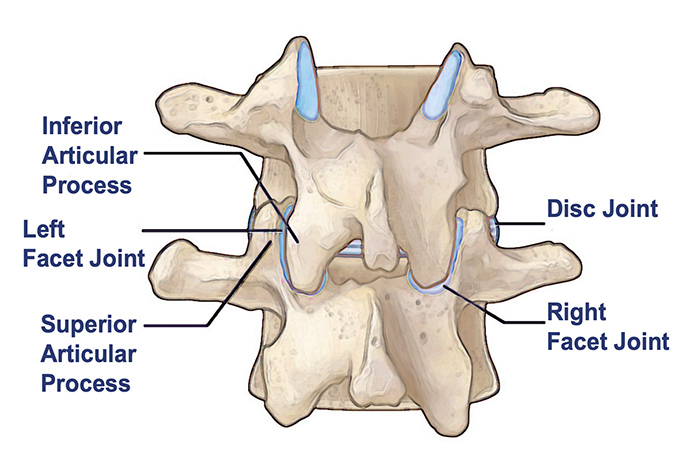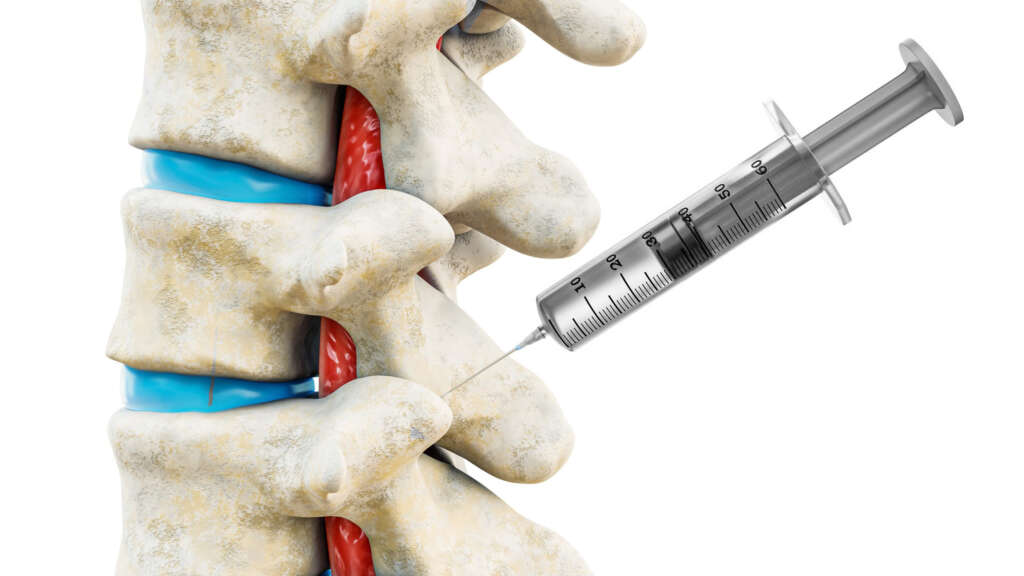Easing Back or Neck Pain
Back or neck pain may be caused by a problem with the facet joints in your spine. If so, medicine injected into certain facet joints may help. The injection may relieve pain and help pinpoint the problem joints.

What is a Facet Joint?
Bones called vertebrae stack to form the spine. Each vertebrae has flat surfaces (facets) where the vertebrae fit together. These surfaces touch and form a facet joint on each side of the vertebrae. Facet joints can become swollen and irritated (inflamed). This may cause pain in your neck and back.
What is a Facet Joint injection?
During this procedure, medicine is injected into the inflamed joint. The medicine helps numb the joint, reduce inflammation and relieve pain. In the appropriate patient population, pain relief should last for weeks to months.
What happens during the procedure?
The injection procedure lasts about 15 minutes. You will be positioned on an exam table and the skin overlying the injection site is cleaned and numbed with anesthetic, much like a dentist numbs the gums. For safety, X-ray imaging guides the doctor to the correct injection site. Medicine, typically containing steroids and anesthetic, is then injected into the inflamed facet joint. The steroid reduces inflammation at the site, thus relieving pain and improving your function. You are then observed in the waiting room for approximately 15-30 minutes.
What happens after the procedure?
No strenuous activity is recommended on the day of the injection. Typical recent activities can be resumed the following day, including physical therapy and chiropractic treatment. The steroids will usually begin to work in 2-3 days, and you may have immediate pain relief from the anesthetic.

What are the risks?
Facet joint injections are generally safe. Only about 1% of patients experience bruising, nerve root irritation or soreness. In extremely rare cases, infection, serious bleeding, nerve damage or spinal cord injury can occur. Multiple safety measures minimize these risks, and the likelihood of this happening is less than 1 in 43,000!
